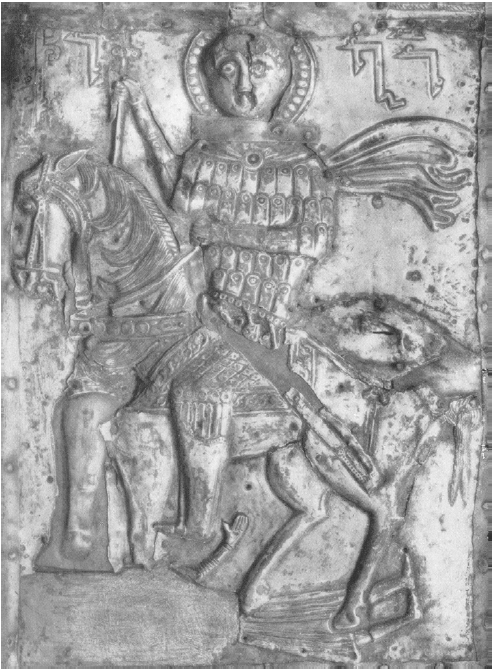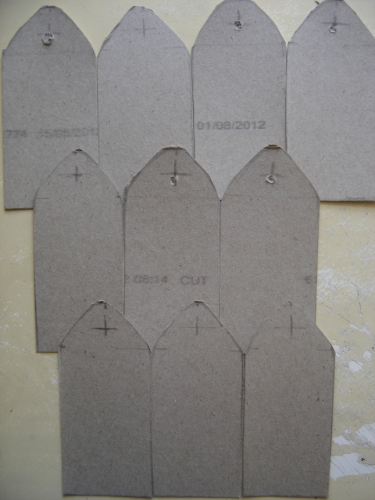Mamuka Tsurtsumia
The Evolution of Splint Armour in Georgia and Byzantium
Lamellar and Scale Armour in the 10th-12th Centuries.
I would like to make what is referred to as the 2 rivet type as I have not seen a reconstruction done.(if anyone has could they please post up here) I am basing my armour on this info-
[img]
 [/img]
[/img]
[img]

[/img]


What Im not sure about is the way they have attached it to the backing.I have cut some card board to try a few different ideas,no1-
The simplest way would be to rivet to a leather backing like so

But you cannot see the lower rivet in the artwork.
No.2-

This way they would be slightly offset and rivet to each other.
No.3-

This seems to be the current trend by having them attached to leather bands then laced together.
So my question is does anyone have an idea of the correct way?
Thanks for your time.